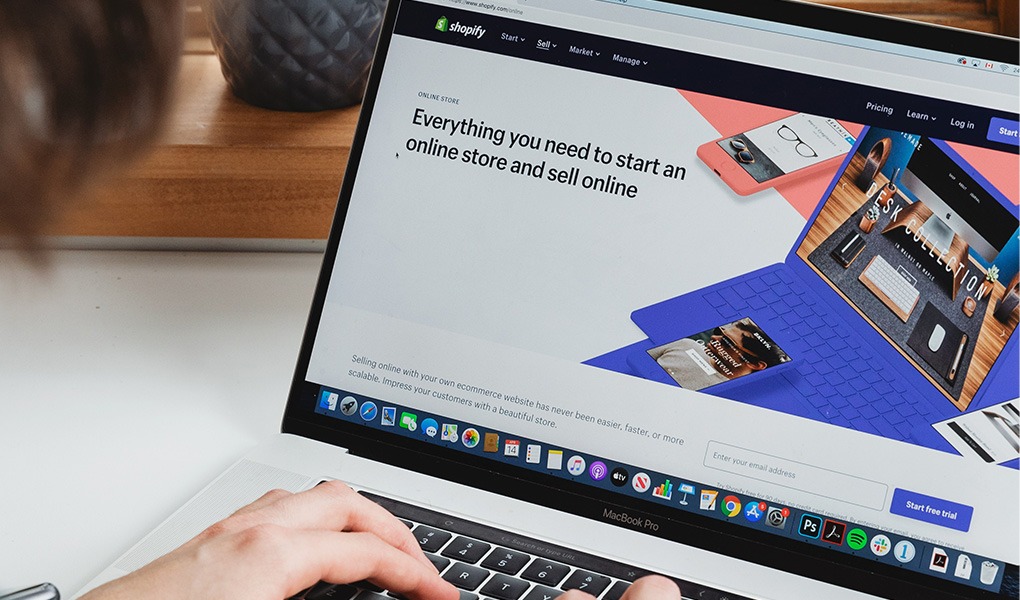If you have eCommerce and inventory platforms, connecting them to synchronise data can save your business time and money. In a previous blog, we walked through how the manual copying data from one system to another could be eating into your profits.
To get the most significant benefit from automation, you need to consider how your business is set up and ensure that your chosen platform has features that match your requirements.
We’ve listed 7 key things that you should look out for when choosing a connection platform.
1. Real-Time Stock
If your stock is not synchronised in real-time, you’ll leave your business open to overselling products.
Every time you update your stock levels or a customer makes a purchase, you’ll need to make sure your system keeps stock synchronised in real-time across your inventory, eCommerce and/or marketplace systems.
2. Product Management
Wouldn’t it be great if you could create products once and then let them synchronise across other systems? A good connection platform should allow you to do this.
You’d no longer have to copy and paste those product details across different systems, and your customers can shop all of your new products immediately, no matter what platform they purchase on.
If you have eCommerce variable products, you’ll know that many inventory systems don’t support them. The good news is that if you choose the right connection platform, you’ll be able to map the variable products correctly to enable you to create and manage all your products in your inventory system.
3. Multiple Locations and Warehouses
Do you have stock in multiple locations in your inventory system? Many retailers fulfil stock from specific locations or allocate a warehouse to deal with a particular (online or offline) store.
You need to make sure you find a connecting system that can map individual warehouses to multi-location eCommerce stock holdings to optimise stock management and fulfilment.
4. Real-Time Orders
Any retailer knows the importance of speed. Your warehouse team needs to pick up eCommerce orders in real-time for fast fulfilment and to ensure satisfied customers.
When orders are made, you also need to make sure stock is adjusted correctly so as not to oversell items that are low in stock. The stock details should also be updated with real-time order synchronisation to ensure all your inventory is accounted for as soon as a purchase is made.
5. Order Status Updates
It’s so important to update customers about their orders. 83% of eCommerce shoppers expect regular communication about their purchases.
By synchronising order status in real-time, your customers will know when items have been shipped and which delivery company their items are with.
6. Returns and Refunds
Make sure your returns and refunds process is as smooth as possible to save your business time and money. Find a platform that automates the processing of eCommerce returns and manages refunds by raising credit notes and restocking products
7. Flexible Order Information
Sometimes you need a bit of flexibility in your system so it fits around the way your business works. For example, you may want to pass additional order information into your inventory system like delivery instructions, additional contact details, or payment methods to streamline fulfilment and invoicing.
A Solution That Fits
The great news is that TIDEConnects fulfils all of these seven requirements, plus many more.
Our integration platform connects to your inventory, eCommerce, and marketplace (Amazon and eBay) systems and synchronises all the most critical aspects of your data.
TIDEConnects removes all of the manual workloads of copying and pasting data between systems so that you can just sit back and let our platform get to work synchronising everything for you.



